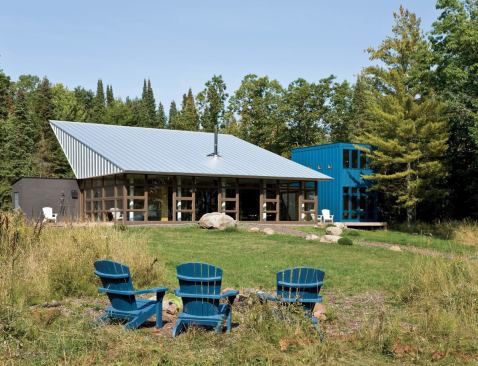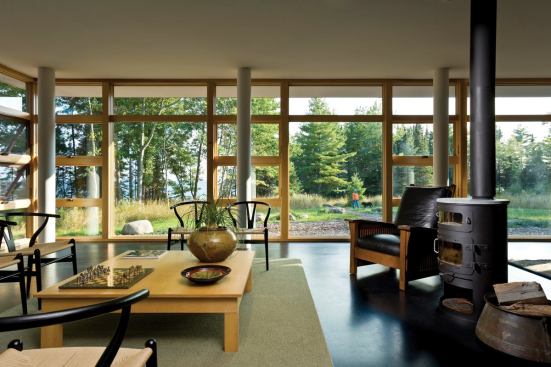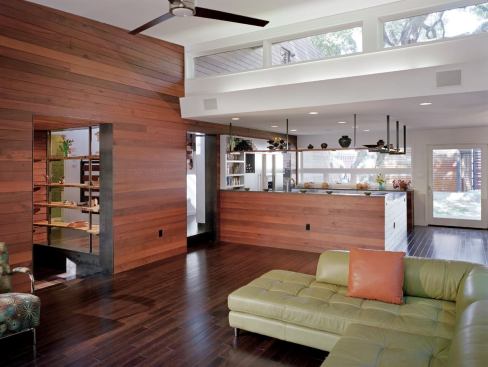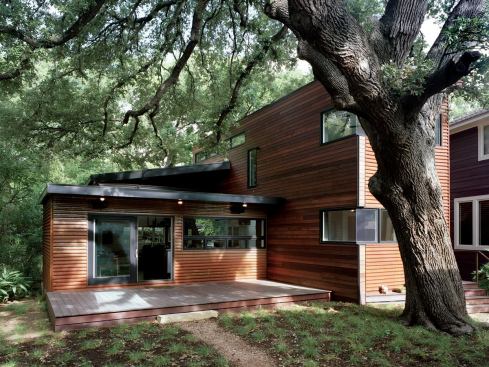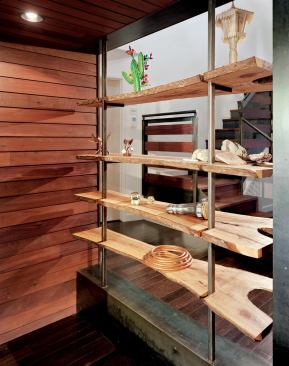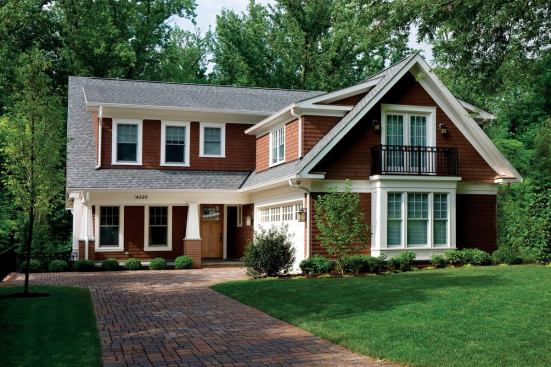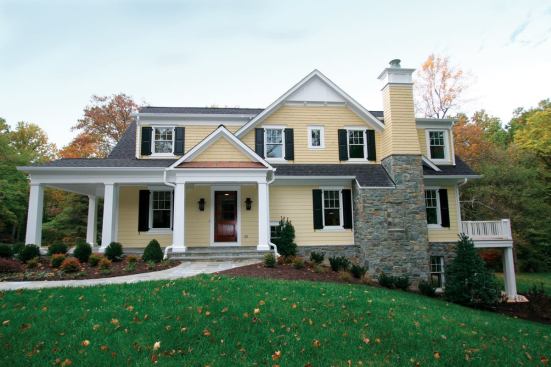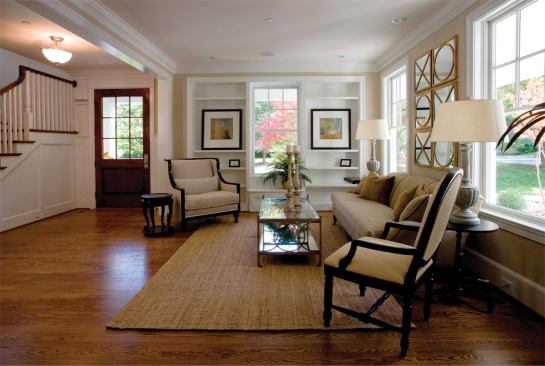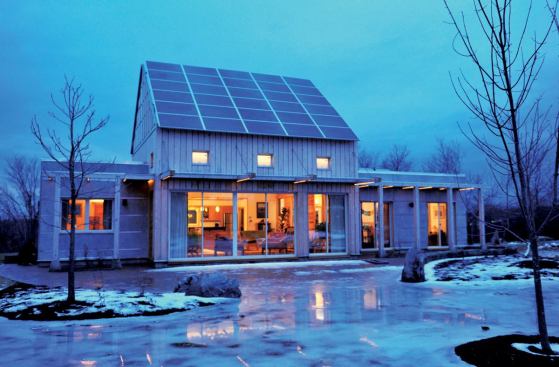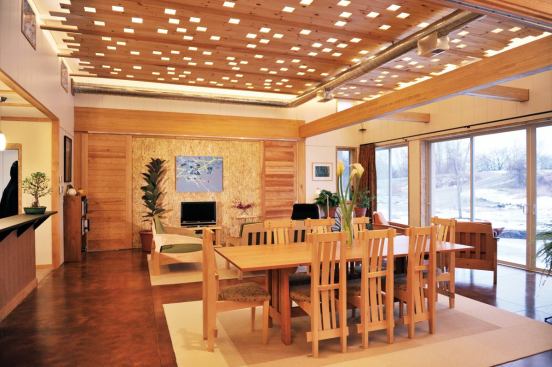Don F. Wong / www.donwongphoto.com
Smaller-than-average houses, such as this 1,600-square-foot cott…
Furthermore, remodeling, which many believe will be a growth area for custom builders as the country’s housing stock ages, still lends itself more to onsite building. “You’re never going to be able to prefab a custom remodel,” Aiguier says. And, as Mandell mentioned, some clients just prefer the flexibility a site-built house affords, including the opportunities to stop by the site and check out each step of the process and to make decisions gradually rather than all at once.
Change can be intimidating, but it also can be exciting. For all of the industry innovations that don’t work out, there are always a few that do, making custom builders’ lives easier and their handiwork even better. “Materials technology is changing,” observes Tom Hinerfeld of Hinerfeld–Ward in Los Angeles. “For example, glass will have a lot of variety and will be easier to manipulate. To me, that type of thing is where the fun’s going to be.” Some useful new creations of the next 10 years haven’t even been invented yet. “I’m sure many people are tinkering in their garages right now,” says Kenneth H. Workman of RWA Architects in Cincinnati.
No one can predict exactly what the custom home landscape will look like in the year 2020, but builders can take a good look at what’s happening in their own particular niche and market for clues. They can talk to their peers to try to make sense of new rules and regulations. Whether their particular challenge lies in going green, embracing a new construction method, or just keeping up with all the new products and systems out there, it might help to keep in mind another classic Heraclitus quote: “Big results require big ambitions.”
Small Minded As most custom builders and architects know, houses are getting smaller. In the second quarter of 2007, the average U.S. single-family home was 2,507 square feet; at the same point in 2009, the figure had fallen to 2,392. But does this trend apply to custom homes, and will it last? Anecdotal evidence points to yes.
Middleburg, Va., architect Russell Versaci has noticed that “clients’ whole mind-set toward home has changed. They still want high quality, they still want well-designed things. But there’s been a radical shift in ‘How big a home do we really need?’” Across the country in San Francisco, architect and builder Jim Zack agrees. “People are going to be thinking more about quality than quantity,” he says. The economy has contributed to the rise of the downsized house, but so have environmental concerns and demographic changes. “As land gets more expensive in the future, houses will probably be smaller,” says Los Angeles builder Tom Hinerfeld of Hinerfeld–Ward. “Families too.” Adds Cincinnati-based architect Kenneth H. Workman, “I think there will be a permanent shift to a more efficient, smarter house.”
The American Institute of Architects’ Kermit Baker, Ph.D., a senior research fellow at Harvard’s Joint Center for Housing Studies, says the trend started well before the economy dipped. “We were hearing this back in 2004, 2005, 2006,” he says. “People were saying their big houses felt empty and clunky. They’re finding that extra rooms are not adding to their resale value.” Instead, he believes, custom design and multipurpose spaces will become ever more important as people seek homes that truly reflect the way they live.

